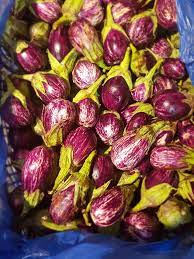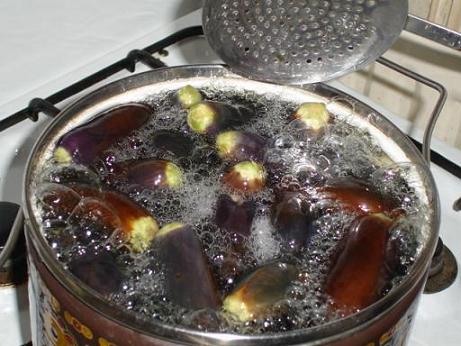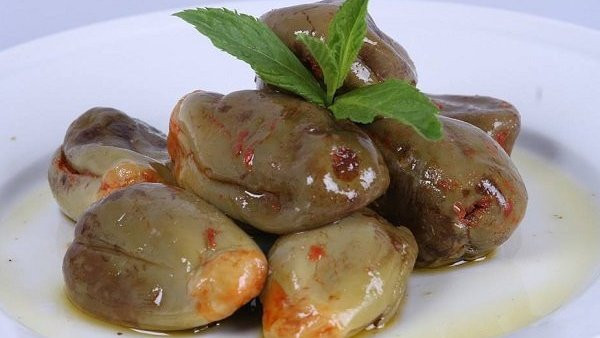September in Syria is more than just an ordinary month. It is a kind of fuel-charging station for households to be prepared for the season and part of the long winter journey’s gathering of supplies. I quite remember how topsy turvy my house used to be when my mom was ringing the bell for Makdous, Kashk, and Shanklish season. It sounded like war preparation with a huge amount of stuff being loaded to the kitchen. 😁

Makdous is one of the most renowned winter dishes in Syria. There is a complicated high-level process that you must go through before you can taste a delicious piece of Makdous. The process starts with boiling a specific type of eggplant called (Homsi or Hamwi Eggplant) which is widely planted in Homs, in the Hama countryside.

The boiling should last up to 1 hour before you add a precise amount of rock salt to the boiled eggplant. The salt is used to prevent any kind of rotting; the eggplant is then arranged in a wide circular dish to subject it to heavy pressure for getting the water out. The pressing process may last up to 15 days to eventually make the eggplant dry and ready for the stuffing stage.

Makdous must be stuffed with red or green pepper, cut garlic (Houses become cluttered with the garlic smell in every corner because of a huge amount of garlic used), and walnut (sounds like a Makdous omelet).
The peppers used for stuffing must also be well dried, then they will be ground and dried again to ensure that there is no remaining water.
Finally, Makdous must be arranged in circular glass containers in a pattern that ensures there is no air between the pieces. The olive oil must be added to prevent rotting.
For the Syrian family, whenever we think about September, Makdous appears in our minds like an unwritten eating code that this dish should be served for breakfast.
I once asked my father about the benefit of Makdous after all these processing stages that requires all these necessary components. His answer was, “No benefit at all.” 🙂


